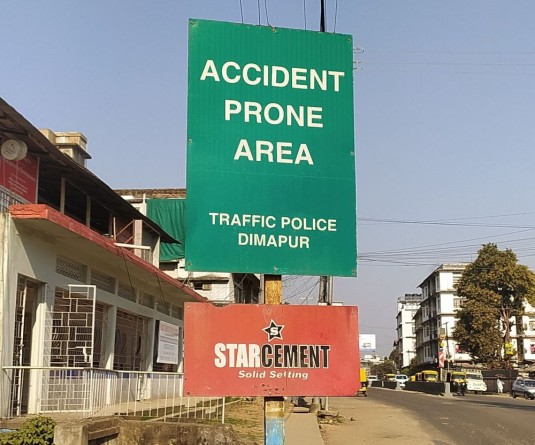
Y Merina Chishi
Suresh (name changed) lives in a one room house in a shabby locality with two brothers and his parents. He eats rice, dal and papad (sometimes) for meals. There are days when he and his family go to bed without food. Suresh collects plastic bottles and carton boxes during the day and sells them to the hawkers. He has no shoes except for one rubber slipper and has only one change of clothes. His father is a drunkard and his mother a domestic help.
Diana (name changed) lives in a double storied house in the outskirts of the town. She studies in a public school. There are days when she goes to bed without food not because there is no food in the house, but because she is on a diet. Her mother cooks all sorts of delicacies to tempt her but nothing can come between her and the dieting. Her sister wore a twenty thousand rupees gown on her Wedding day and she wears a small sapphire ring.
Welcome to the world of the great divide. For those reading this, consider yourself lucky; you can read. Some of you may not own a ring with precious stones or live in high buildings, but you surely can spend three rupees a day for a newspaper. For some though, it still a distant dream. One cannot contemplate how great the divide is between the poor and the rich. We walk the streets everyday not taking a second glance at those grungy looking people who probably wished they had those mobiles and fancy shoes. The thought here is not to make you realize your good fortunes but to know and understand the fence that lies between these two different worlds.
People who live on less than one Dollar a day are considered as people living below the poverty line (BPL). Nagaland has about 37.92 % of people living below the poverty line, with 45.01% in the rural areas and 7.73% in the urban areas (source internet).Although the Human Development Index at .623 is higher than the national average at .381, this hardly makes a difference to those who live in a one room hut with four others. Eradication of poverty remains a challenging task for the Government. There are many schemes to sustain this section of our society, but where is all the help going? The Social Welfare department, Education department, Health department, etc. One primary objective and target of the health and family welfare department is to ensure supply of basic, essential medicines and modern equipments. People endure long journeys to visit doctors in towns and cities and some even dying out there because of the lack of basic medical help. The mid-day meal scheme under the Education department is meant to feed students for a minimum of 200 days, 3 Kgs. per student per 9-11 months in a year. But it looks like there is famine throughout the year. There are various other welfare programmes for the weaker section of our society but the pace at which it is supposed to move is not happening. The government should have not just a managerial approach but a welfare-based egalitarian approach. I think the government already has enough in its purse and they should now be going around pouring out the changes to the less privileged. Urban citizens enjoy better facilities, but we are talking of the poor and the place cannot alter the conditions. 7.73% is not negligible. Same programmes and facilities should be extended in urban areas as well.
After this, there is reason to think why Suresh should not be eating both meals, why students should not fed a minimum of 200 days a year or that drunkard not be rehabilitated. We need to comprehend on a larger perspective about the less privileged and voice our concern through any medium we can. This way, we can bring some form of equation and it will also give us a sense of pride and satisfaction.



